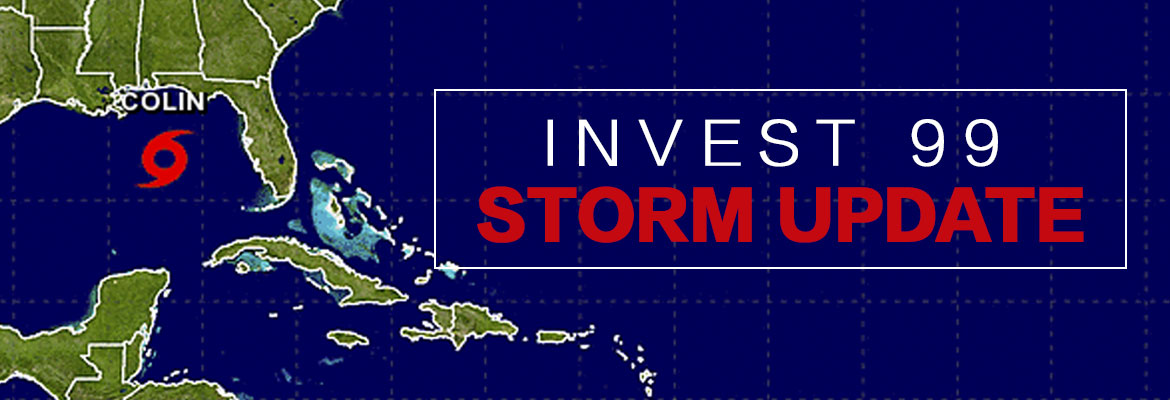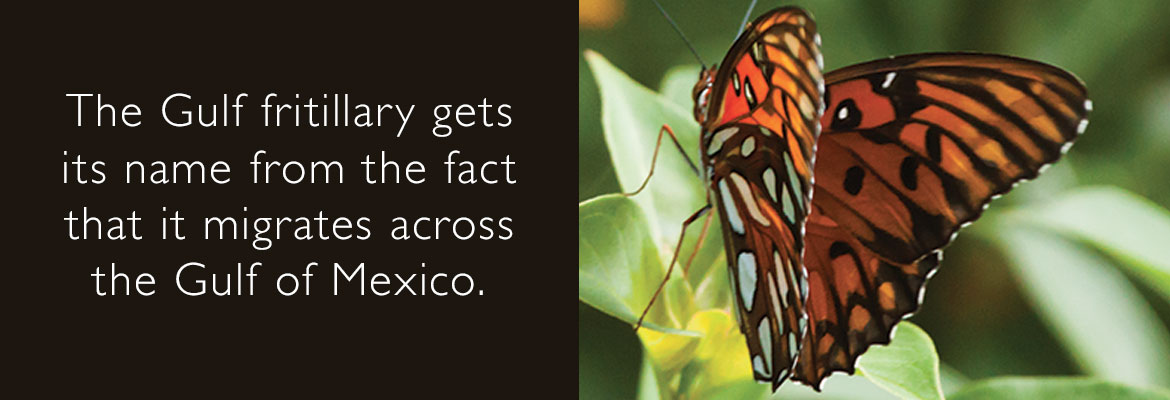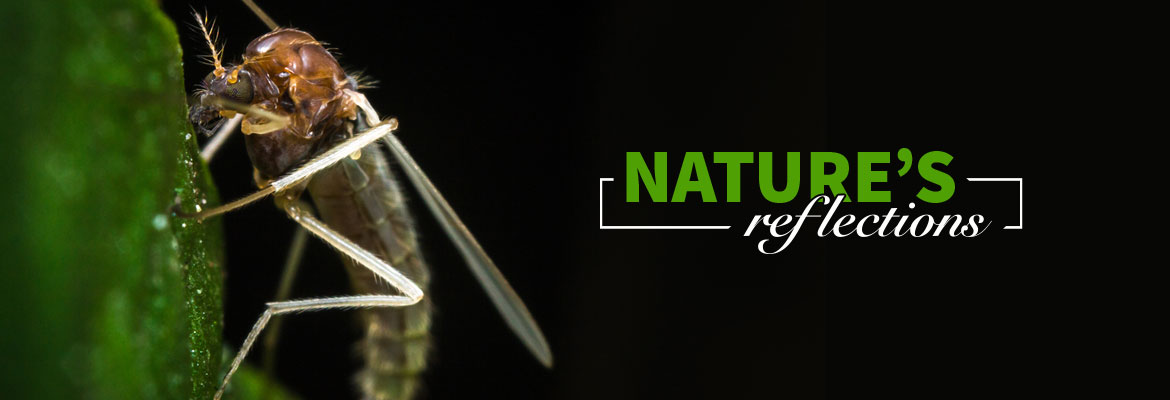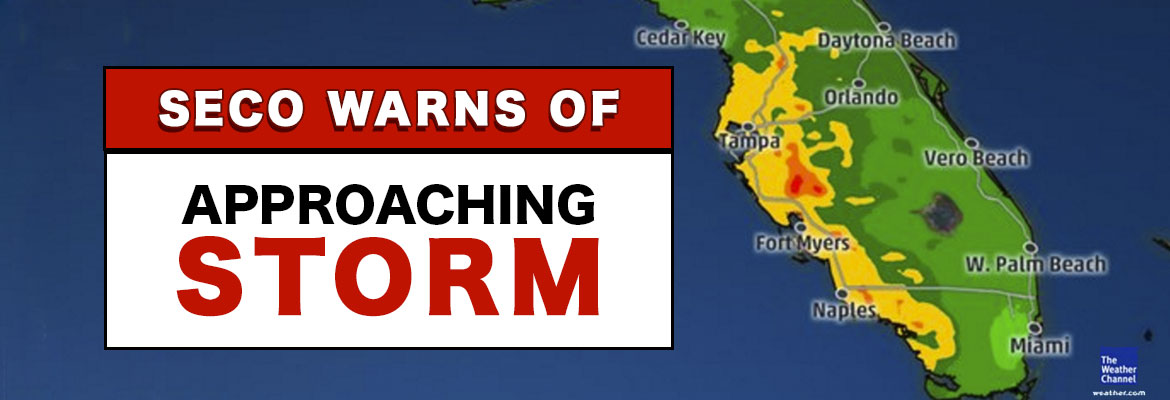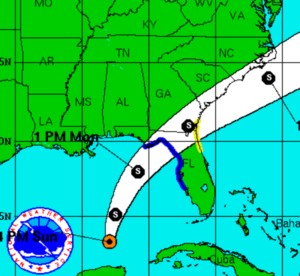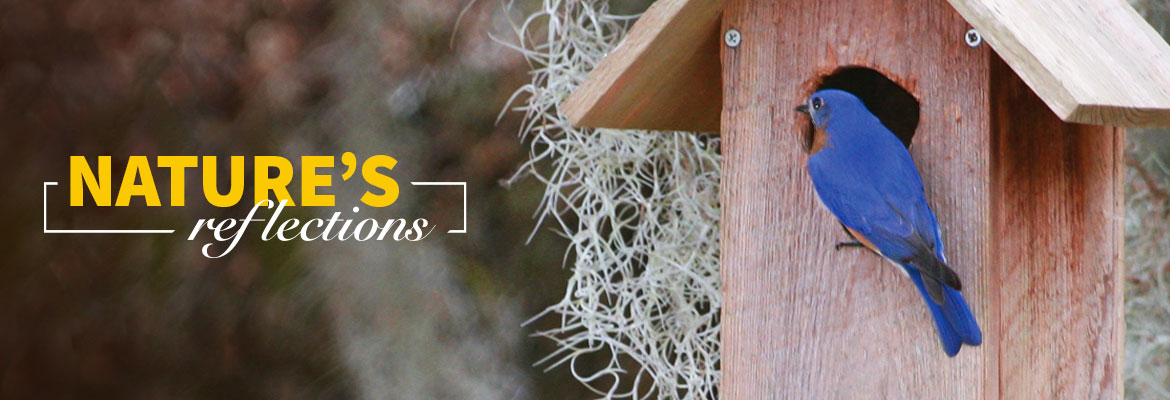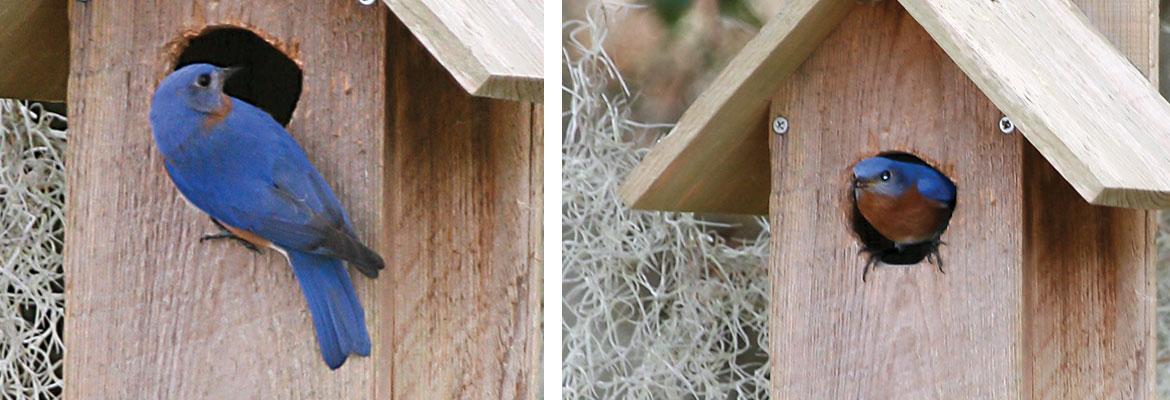Tropical Depression #9 Tracking to Florida
National Hurricane Center has upgraded Invest 99 to Tropical Depression #9 (TD#9). As of Monday morning, the storm is currently located 25 to 35 miles northwest of Havana, Cuba and 100 miles southwest of Key West, Florida. Tropical Depression #9 is expected to track west to west-northwest and into the southeastern Gulf of Mexico through Monday.
This system is expected to strengthen and organize into a tropical storm as it moves into the warmer waters of the Gulf on Tuesday and Wednesday. On Thursday, this system is forecasted to turn northeastward and then eastward – landfall is projected in the Florida Panhandle by most models.
The forecast above is based on the NHC projections for the state. SECO’s service area specifically, will likely experience heavy rainfall, sustained winds upward of 40 mph and periods of stronger gusts, especially on Thursday and Friday. Members can expect tree-caused outages due to the wind and rain.
SECO is Storm Ready. Our locally-based customer service staff is ready and available to respond to member inquiries in person, by phone or online. SECO’s Operations leadership directs the SECO cavalry 24 hours a day, seven days a week – each truck is equipped to respond to member concerns or service interruptions in the field quickly and safely. Additional Operations personnel are staged to respond quickly this week. Members should ensure their smartphones/tablets are charged and report outages online through Storm Center.
SECO has provided an emergency checklist for members on the Storm Preparation section of our website.
As a not-for-profit electric cooperative, SECO is dedicated to being its members’ first source for accurate storm information. “Like” SECO’s Facebook page and “follow” the company on Twitter to stay updated about storms affecting your area. For members who rely on back-up generators during storm season, remember to read and follow all manufacturer’s safety warnings. Learn more about generator safety here.




